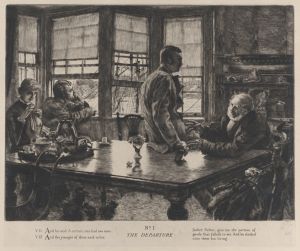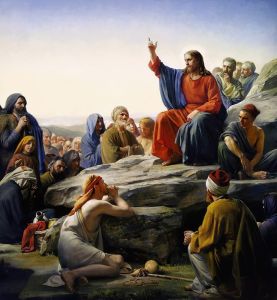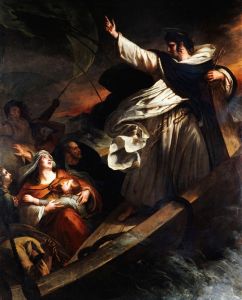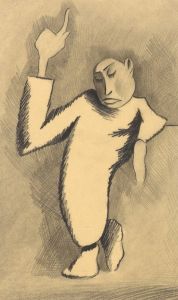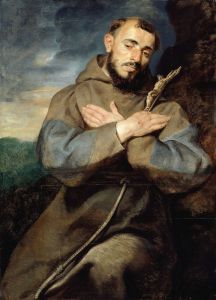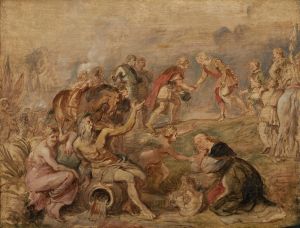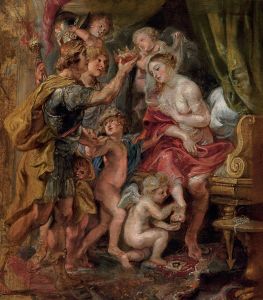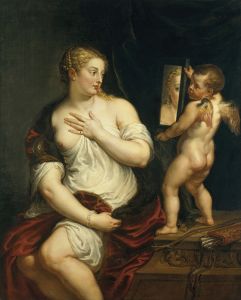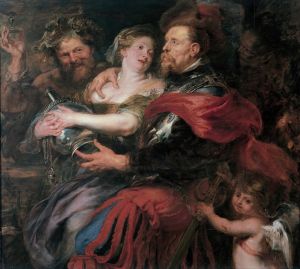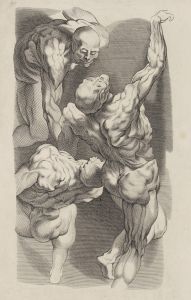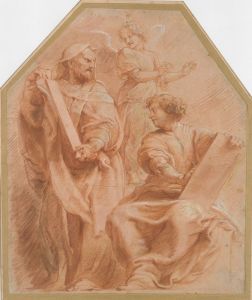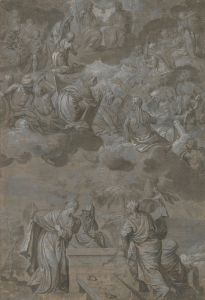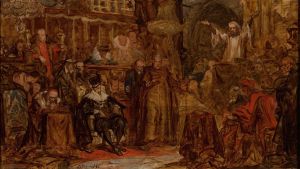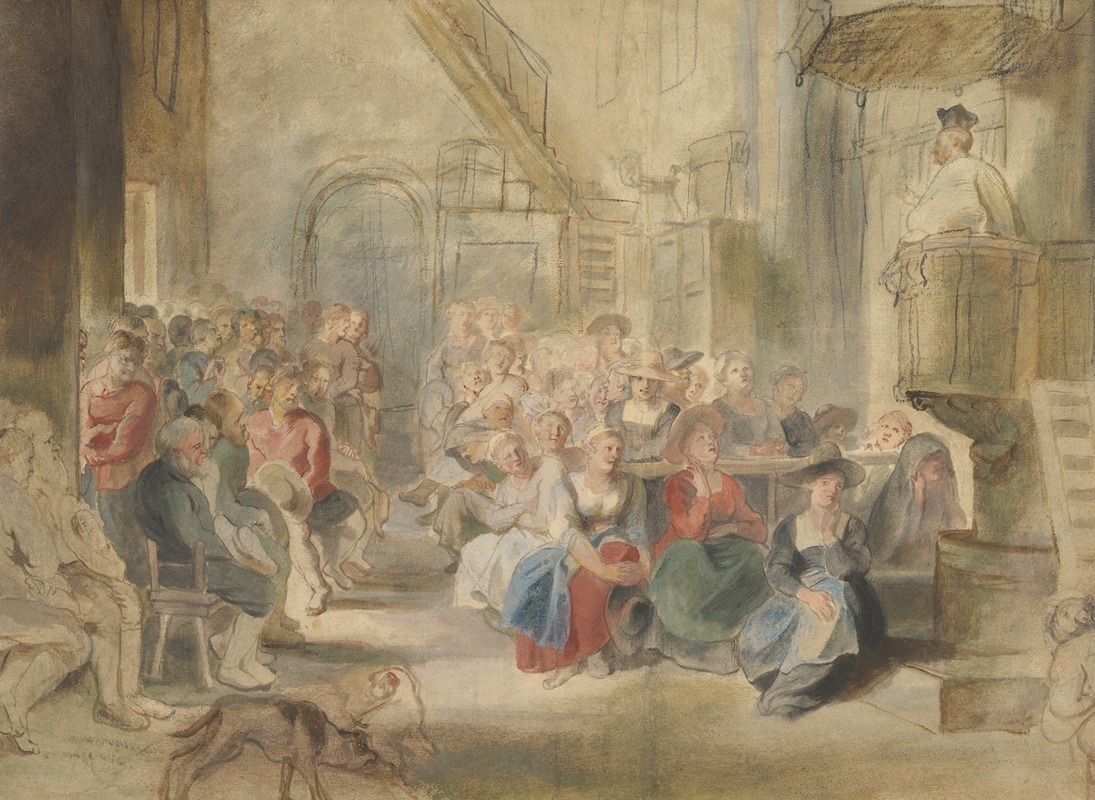
A Sermon in a Village Church
A hand-painted replica of Peter Paul Rubens’s masterpiece A Sermon in a Village Church, meticulously crafted by professional artists to capture the true essence of the original. Each piece is created with museum-quality canvas and rare mineral pigments, carefully painted by experienced artists with delicate brushstrokes and rich, layered colors to perfectly recreate the texture of the original artwork. Unlike machine-printed reproductions, this hand-painted version brings the painting to life, infused with the artist’s emotions and skill in every stroke. Whether for personal collection or home decoration, it instantly elevates the artistic atmosphere of any space.
Peter Paul Rubens, a prominent Flemish Baroque painter, is renowned for his dynamic compositions, vibrant color palette, and grandiose style. However, there is no widely recognized painting titled "A Sermon in a Village Church" attributed to Rubens. It is possible that the title may refer to a lesser-known work, a misattribution, or a different title under which the painting is known. Rubens' oeuvre primarily includes religious and mythological subjects, portraits, and landscapes, characterized by their dramatic intensity and movement.
Rubens was born in 1577 in Siegen, in present-day Germany, and grew up in Antwerp, which was then part of the Spanish Netherlands. He became one of the leading figures of the Baroque movement, which emphasized bold, dramatic expression and grandeur. Rubens' work often featured religious themes, as he was deeply influenced by his Catholic faith, and he received numerous commissions from the Catholic Church.
Throughout his career, Rubens produced a vast number of paintings, many of which were altarpieces and other religious artworks intended for churches and cathedrals. His ability to convey emotion and narrative through his art made him a favorite among patrons, including royalty and the church. Some of his most famous religious works include "The Elevation of the Cross" and "The Descent from the Cross," both of which are housed in the Cathedral of Our Lady in Antwerp.
Rubens' style is characterized by its energetic compositions, robust figures, and a masterful use of color and light. His paintings often depict scenes filled with movement and emotion, capturing the viewer's attention and drawing them into the narrative. This dynamic approach to composition and his skillful rendering of the human form are hallmarks of his work.
In addition to his religious paintings, Rubens was also known for his mythological scenes, portraits, and landscapes. His ability to work across different genres and his prolific output contributed to his reputation as one of the most important artists of his time. Rubens' influence extended beyond his own work, as he ran a large workshop in Antwerp where he trained numerous students and assistants, many of whom went on to become notable artists in their own right.
While "A Sermon in a Village Church" is not a recognized title among Rubens' catalog of works, his contributions to religious art and his impact on the Baroque movement remain significant. His legacy is preserved in the many masterpieces that continue to be celebrated for their artistic brilliance and emotional depth. If more information about this specific painting becomes available, it would be essential to verify its authenticity and context within Rubens' body of work.





